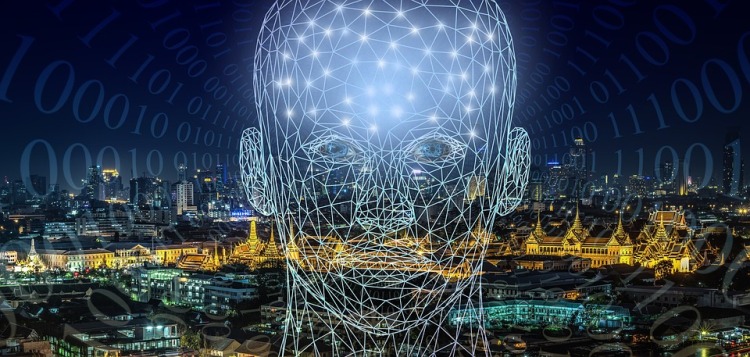'New method uses heart rate to identify real faces from computer generated ones'

- Country:
- United Kingdom
Researchers have developed a novel method to differentiate between computer-generated and natural human faces using people's heart rate as the discriminating feature, an advance that may lead to new strategies in digital forensics. According to the scientists from the University of Trento in Italy, recent advances in computer graphics have made it possible to create computer-generated (CG) representations of human beings which are difficult to distinguish from their real-world counterparts.
"To prepare for this world in which CG content will be intermingled with the natural, there is a fundamental need to understand how human beings can preserve the awareness of what is real and what is not," the scientists wrote in the study. However, they added that humans present a natural pulse signal which can be automatically extracted from a video sequence.
In the current study, published in the Journal of Electronic Imaging, the researchers demonstrated that by focusing on an algorithm for pulse-rate estimation from human faces and calculating statistics from that heart rate, they can classify an input face as CG or natural (NAT). "The underlying idea is that humans always present a pulse signal that can be automatically extracted from a video sequence depicting their face, while this is not the case for virtual humans," the researchers reported.
The researchers said advances in artificial intelligence (AI) and computer graphics have led to the development of deep fakes, where the face of a real person in a video is replaced by a computer-generated one. With the deep fake technology widely used by fraudsters, the researchers said the new method applying natural pulse signal analysis, and extracting the heart rate from the video of the human face, can be used as a discriminating factor.
(This story has not been edited by Devdiscourse staff and is auto-generated from a syndicated feed.)
- READ MORE ON:
- University of Trento
- Italy
- Journal of Electronic Imaging










